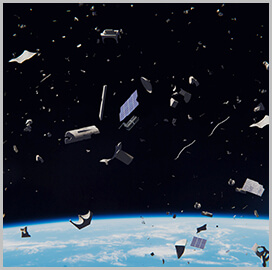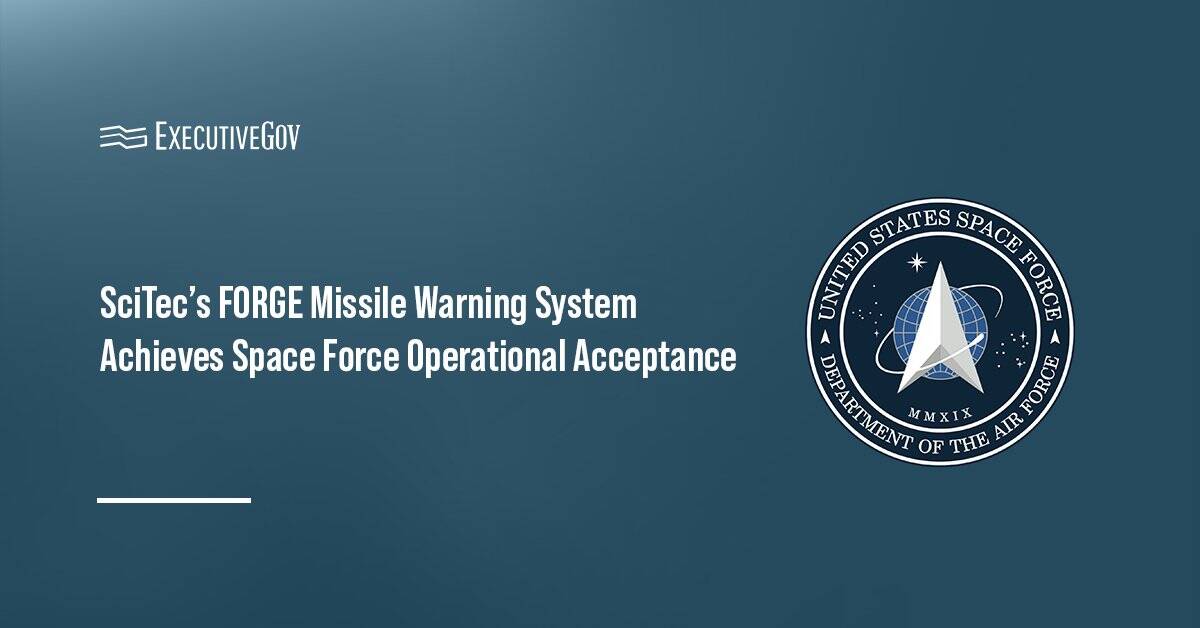NASA’s Office of Technology, Policy, and Strategy has published a cost-benefit analysis to determine which orbital debris remediation approaches are worth implementing.
The new report suggests that large space debris should be pushed away from collisions rather than being completely removed from orbit in order to minimize near-term expenses for satellite operators, NASA said Saturday.
Remediation is one of the three broad methods proposed under the U.S. National Orbital Debris Implementation Plan to reduce risks posed by space junk. Previous proposals called for the extraction of unused space objects based on their size.
In the current study, OTPS found that the most cost-effective method involves using laser systems to eliminate small debris 1 to 10 centimeter in size, while nudging large debris to steer them away from potential collisions.
The agency intends to obtain the space community’s feedback on the cost-benefit study before conducting a more wide-reaching analysis on debris remediation.





